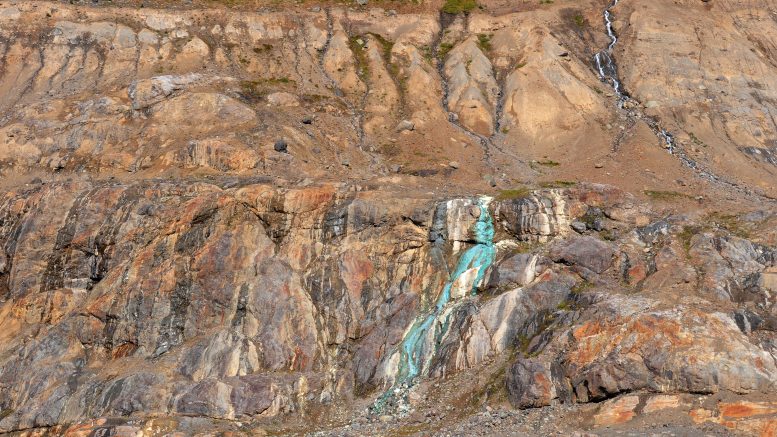In a new report on copper, global investment bank Goldman Sachs says meeting the Paris climate goals and supporting the green transition away from fossil fuels and towards electrification will see a surge in copper demand and forecasts a long-term supply gap of 8.2 million tonnes of the metal by 2030, the “highest on record” and “twice the size of the gap that triggered the bull market in copper in the early 2000s.”
The authors — Nicholas Snowdon, Daniel Sharp and Jeffrey Currie — estimate that by 2030, copper demand from green electrification “will grow nearly 600% to 5.4Mt [million tonnes] in our base case and 900% to 8.7Mt in the case of hyper adoption of green technologies.”
According to their analysis, the amount of ‘green’ copper produced in 2020 was about 1 million tonnes or 3% of total global copper. In their models, that could rise to 2.6 million tonnes, or 9% of total global copper, by 2025, and to 5.4 million tonnes or 16% of total global copper demand by 2030. “We estimate that green demand will grow at an average annual growth rate of 20% y/y [year-on-year] in the 2020s, generating just under 500kt [500,000 tonnes] per year of growth in demand volumes.”
“Crucially, the copper market as it currently stands is not prepared for this demand environment,” the analysts continued. “The market is already tight as pandemic stimulus (particularly in China) have supported a resurgence in demand, set against stagnant supply conditions. Moreover, a decade of poor returns and ESG concerns have curtailed investment in future supply growth, bringing the market the closest it’s ever been to peak supply.”
The analysts argue that the mining industry “remains wary of a pivot towards growth after the price collapse in the mid-2010s severely punished any front-foot producers,” and despite the fact that copper prices are up 80% over the last year, “there have been no material greenfield project approvals.”
The report also notes that it takes two to four years for brownfield projects (expansions of existing mines) and as many as eight years for new greenfield projects. “This long lead time for the majority of copper supply, combined with the mining sector’s resistance towards new capex, leaves the copper market running out of runway to secure the necessary supply to meet demand in the second half of the decade. … Given the size of deficits starting from the same point, approvals and investments in mine projects have to start now.”
Goldman forecasts a copper price of US$15,000 per tonne by 2025, up from the US$9,000 per tonne today. It estimates prices for the metal will average US$9,675 per tonne this year; US$11,875 per tonne in 2022; US$12,000 per tonne in 2023; and US$14,000 per tonne in 2024.
The report also drills down into three drivers of green copper demand: electric vehicles (EVs); solar power and wind power. The bank estimates that 5.1 million EVs likely will be sold in 2021, rising to 31.51 million EVs in the year 2030. It also forecasts that 30 million charging units will be installed in 2030.
Goldman estimates “EV-related demand to amount to 2.4 million tonnes of copper by 2030 (vs. 210kt in 2020) with an additional 153kt of copper demand coming from charging stations (vs 14kt in 2020). We expect this demand to grow at a rate of 31% a year for the remainder of the decade.”
Copper demand for solar power, meanwhile, is expected to rise from 400kt this year to 1.6Mt a year in 2030, Goldman says, while copper demand for wind turbines is going to triple from 400kt per year now to 1.3Mt per year by 2030.
“As we have long-argued, moving the global economy toward net zero emissions remains a core driver of the structural bull market in commodities demand, in which green metals—copper in particular—are critical,” they summarized.
“We estimate that by mid-decade this growth in green demand alone will match, and then quickly surpass, the incremental demand China generated during the 2000s. Ripple effects into non-green channels mean the 2020s are expected to be the strongest phase of volume growth in global copper demand in history.”


Very much appreciated the analysis. Thank you.